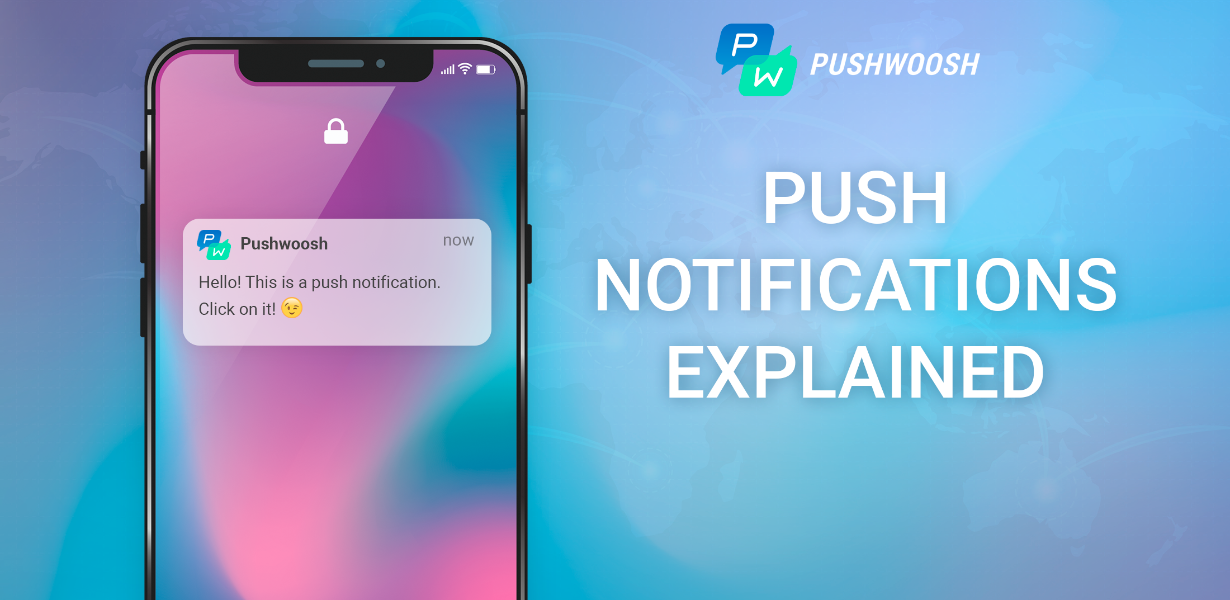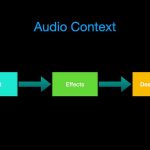
Next-Gen Push Notifications: Harnessing AI-Powered Contextual Triggers for Enhanced Engagement
- Post
- August 8, 2023
- Progressive Web Apps, Push Notifications, Web Technologies
- 0 Comments
In the rapidly evolving landscape of digital communication, push notifications have proven to be invaluable tools for user engagement. However, the next generation of push notifications goes beyond the conventional, bringing a new level of sophistication and relevance. Enter AI-powered contextual triggers, a revolutionary approach that is set to reshape how businesses connect with their audience.
Understanding AI-Powered Contextual Triggers
AI-powered contextual triggers represent a leap forward in push notification technology. Traditional push notifications were often generic, delivering messages to users irrespective of their preferences or behavior. With AI-driven contextual triggers, notifications are finely tuned based on user interactions, preferences, and real-time data. This ensures that the notifications delivered are not only timely but also highly relevant to the individual user.
This approach capitalizes on advanced machine learning algorithms that analyze a multitude of user data points, including browsing behavior, past interactions, location, and even sentiment analysis. By deciphering these data points, AI can predict user needs and tailor notifications that align with their interests.
Enhancing User Experience with Contextual Relevance
The key to effective engagement lies in relevance. Irrelevant notifications often lead to user frustration and app abandonment. AI-powered contextual triggers address this pain point by personalizing notifications to match user behavior. For instance, a shopping app can send notifications about a limited-time discount for a product that a user recently viewed. This level of personalization significantly boosts the chances of converting notifications into meaningful actions.
The power of contextual relevance becomes particularly evident with progressive web apps (PWAs) and native apps. The Web App Manifest, a JSON file that defines an app’s identity and appearance, integrates seamlessly with AI-powered triggers. As users interact with a PWA, the AI analyzes their actions to send notifications that align with their engagement patterns.
The Role of Web App Manifest in Contextual Triggers
The Web App Manifest plays a pivotal role in enhancing contextual triggers for web-based applications. This manifest, typically in JSON format, contains metadata about the app, such as its name, description, and icon. However, its impact goes beyond aesthetics.
In the realm of contextual triggers, the Web App Manifest provides essential information to AI algorithms. It helps AI understand the app’s purpose and features, enabling the system to make more accurate predictions about user preferences. This, in turn, results in notifications that are finely tuned to cater to individual users.
Unveiling the Potential for iOS with Web App Manifest
While Web App Manifest’s integration is more seamless with PWAs, its utilization extends to iOS as well. iOS may not natively support the Web App Manifest, but there are workarounds that developers can employ to achieve similar outcomes. This is crucial since Apple’s user base is substantial, and their engagement cannot be overlooked.
Through custom meta tags and JavaScript integration, developers can mimic the behavior of the Web App Manifest in iOS. By doing so, they empower AI systems to leverage contextual triggers effectively on iOS devices, ensuring a unified and engaging user experience across platforms.
Implementing Contextual Triggers: Best Practices
To harness the full potential of AI-powered contextual triggers, businesses need to adopt a strategic approach:
Data-Driven Insights: Gather and analyze user data to identify patterns and preferences, forming the foundation for AI predictions.
Real-Time Responsiveness: Contextual triggers thrive on real-time data. Ensure your systems can process and deliver notifications promptly.
User Consent and Privacy: Respecting user privacy is paramount. Obtain explicit consent for data usage and adhere to data protection regulations.
Continuous Learning: AI algorithms evolve with time. Regularly update and refine your AI models to enhance their predictive accuracy.
Multichannel Consistency: Maintain a consistent user experience across various channels, including web and mobile, for seamless engagement.
Final Words
In an era where digital interactions are increasingly personalized, AI-powered contextual triggers emerge as a beacon of innovation. The marriage of AI, data, and user engagement offers a tantalizing glimpse into the future of push notifications. By embracing this technology, businesses can create meaningful connections, foster loyalty, and elevate the overall user experience.
Commonly Asked Questions
Q1. How does AI-powered contextual triggering differ from traditional push notifications?
AI-powered contextual triggers analyze user behavior and preferences to send highly relevant notifications, whereas traditional notifications lack personalization and may feel generic.
Q2. Can AI-powered triggers work effectively across different platforms?
Yes, AI-powered triggers can be adapted for various platforms, including both web and iOS applications, to deliver consistent and engaging user experiences.
Q3. What role does the Web App Manifest play in AI-driven notifications?
The Web App Manifest provides crucial metadata that helps AI understand an app’s purpose and features, enabling it to send more accurate notifications.
Q4. How can businesses ensure user privacy while using contextual triggers?
Businesses should obtain user consent for data usage, follow data protection regulations, and implement secure data handling practices to ensure user privacy.
Q5. What benefits can businesses expect from implementing AI-powered contextual triggers?
Businesses can expect increased user engagement, higher conversion rates, improved customer loyalty, and a competitive edge through personalized and timely notifications.




